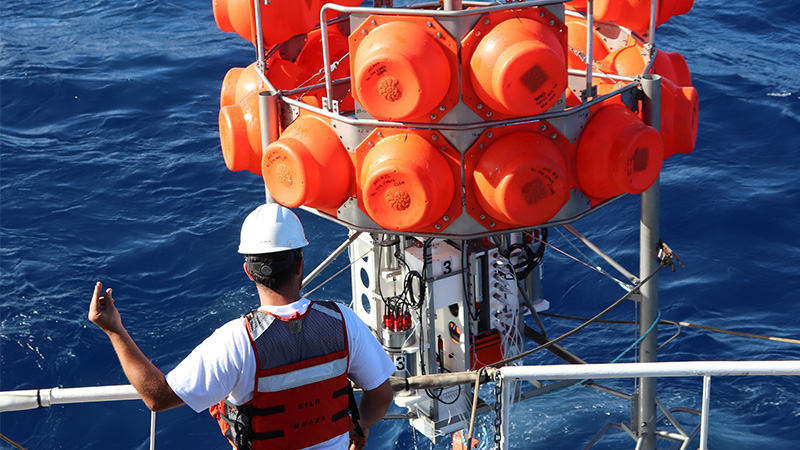new discoveries, ocean, rogue waves
We used three-dimensional imaging of ocean waves to capture freakish seas that produce a notorious phenomenon known as rogue waves. Our results are now published in Physical Review Letters. Rogue waves are giant colossi of the sea — twice as high as neighboring waves — that appear seemingly out of nowhere. Stories of unimaginable mountains ...
“And into the forest I go, to lose my mind and find my soul.” — John Muir Ah, nature’s wisdom. It’s a balm for the spirit and an education for the soul. It has nurtured a wealth of poetry and literature, inspired some of the most treasured works of art, and moved musicians to create ...
Not counting stories of those rare individuals among us, humans are generally regarded to have only five senses. Sharks, on the other hand, have now been shown to have a sixth: They can make use of the magnetic field of the Earth for navigating across the oceans. For them, it serves as a natural GPS. ...
Never before in over 1,000 years has the Atlantic Meridional Overturning Circulation (AMOC), also known as the Gulf Stream System, been as weak as in the last decades. This is the result of a new study by scientists from Ireland, Britain, and Germany. The researchers compiled so-called proxy data — taken mainly from natural archives ...
A new study led by Yale University confirms a long-held theory about the last great mass extinction event in history and how it affected Earth’s oceans. The findings may also answer questions about how marine life eventually recovered. The researchers say it is the first direct evidence that the Cretaceous-Paleogene extinction event 66 million years ...
Scientists, led by the USF College of Marine Science, used NASA satellite observations to discover the largest bloom of seaweed in the world called the Great Atlantic Sargassum Belt (GASB), as reported in Science. They confirmed that the belt of brown macroalgae seaweed called Sargassum forms its shape in response to ocean currents, based on ...
Scientists have discovered that CO2-consuming bacteria in the deepest parts of the seafloor could be turning themselves into an additional food source for other deep-sea life. Bacteria living 4000m below the ocean surface in the Clarion-Clipperton Fracture Zone (CCFZ) are consuming carbon dioxide and turning it into biomass, a new study shows. Until now, scientists ...
My heart was touched by an exceptional story that I wanted to share. It’s about compassion shown by a paramedic from the Queensland Ambulance Service. This compassionate paramedic granted a dying patient’s last wish to visit the beach. Queensland is a northern state of Australia that boasts an abundance of sunny tropical weather. The picturesque ...
Two “smoke rings” have been discovered off the Australian coast, leaving researchers believing that they could “suck up” small marine creatures carrying them at high speed for long distances across the ocean. Researchers from the University of Liverpool spotted the equivalent of smoke-rings in the Tasman Sea, off the southwest of Australia and in the ...












